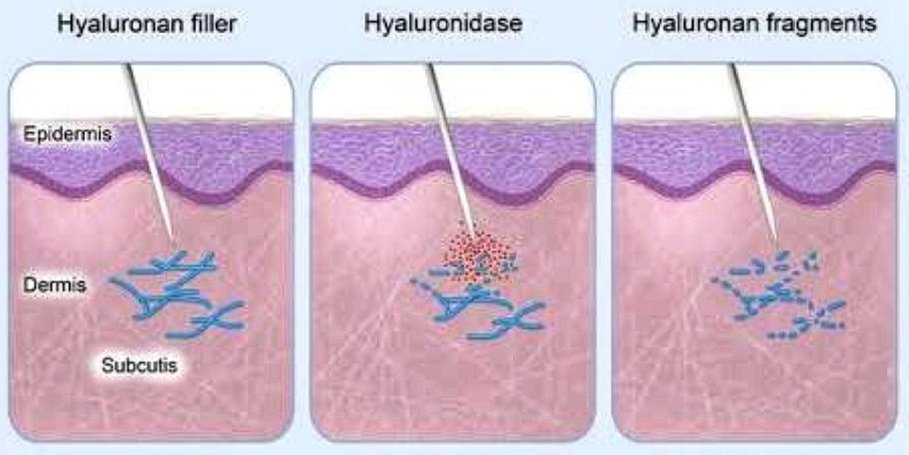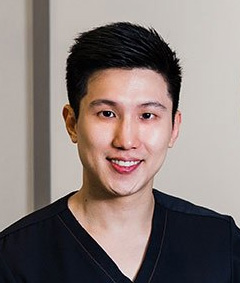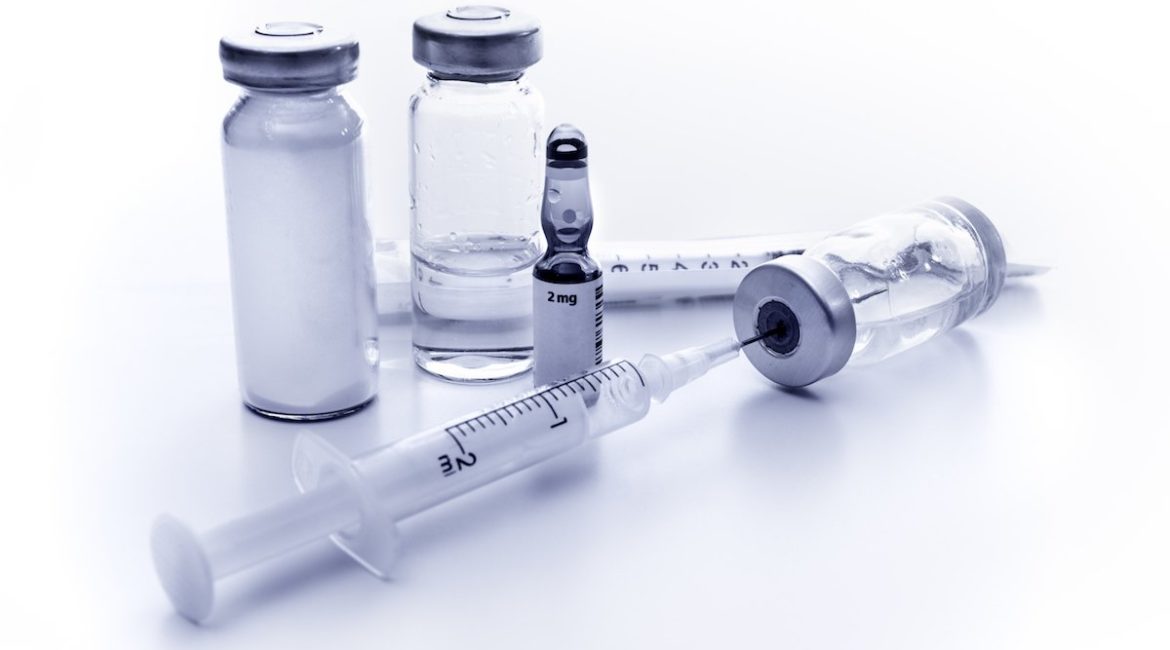Fillers can go wrong easily. Especially for facial fillers at sensitive regions like under-eye (tear-trough), lips, cheek and nose fillers.
It is possible to suffer from complications no matter what type or brand of fillers you use.
Common side-effects or complications of fillers include:
- Lumps/ Bumps
- Granuloma
- Over-filling
Common brands of hyaluronic acid fillers (can be dissolved):
- Juvederm
- Restylane
- Stylage
- Belotero
- Teosyal
Fillers that cannot be dissolved:
- Ellanse
- Radiesse
Unhappy with your dermal filler results? Looking to reverse facial fillers because of the side-effects?
The answer: Dissolve Facial Fillers using Hyalase (Hyaluronidase).

Contents
What is hyaluronidase (Hyalase)?
Hyaluronidase naturally occurs in the body.
Hyaluronic acid is a constituent of our connective tissue, skin, and nerve tissues.
Conversely, hyaluronidases are the enzymes that help break down hyaluronic acid.
One-third of our body’s hyaluronic acid is turned over daily. This means that hyaluronic acid is synthesized and then broken down by hyaluronidase constantly.
The main sources of commercially available hyaluronidase are sourced from ovine (sheep) or bovine (cow).
How does hyaluronidase dissolve fillers?

To remove filler, hyaluronidase is injected to dissolve the hyaluronic acid in dermal fillers using either a sharp needle or blunt micro-cannula.
There is less risk of bruising with a blunt micro-cannula.
Hyaluronic acid is also the main constituent of many commonly used dermal fillers. In dermal fillers, hyaluronic acid chains are bound by with cross-links.
Cross-linking between hyaluronic acid chains in dermal fillers provides resistance to the body’s naturally occurring hyaluronidase and increases the longevity of fillers.
Unlike the body’s own hyaluronic acid, cross-linked hyaluronic acid dermal fillers persist for months or years in the body. Left alone, they are normally metabolised by your own body’s hyaluronidase over the period of 3 to 24 months (on average).
What is hyaluronidase used for?
In aesthetic medicine, hyaluronidase is used to dissolve dermal fillers that have been placed incorrectly, excessively, or unevenly.
It is also used in emergency situations where dermal filler has been accidentally injected into an artery causing blocking of the blood supply.
It is injected into the region of the dermal filler that needs to be dissolved.
The action of hyaluronidase is very quick and starts to work immediately on the dermal fillers. The fillers are permanently dissolved and metabolised.
Note that hyaluronidase does not work on permanent or semi-permanent dermal fillers.
An example of hyaluronidase use is to dissolve dermal filler placed around orbital (eye) region. The skin here is particularly thin, and overtreatment with dermal fillers is easily visible. Hyaluronidase is used to reduce any excess filler or lumps here, allowing for reinjection of the filler with proper placement or volume.
Having hyaluronidase on hand during dermal filler treatment may help to prevent adverse outcomes as a result of intra-arterial injection of fillers. Intra-arterial injection of dermal fillers can cause serious complications including death of the skin (causing scarring), and blindness. Hyaluronidase can be quickly injected into the area of occlusion to re-establish blood supply to help avoid complications.
What are the side effects of hyaluronidase?
Injection-related side effects like swelling and bruising are the most common side-effects from hyaluronidase.
Allergy, including anaphylaxis, is an uncommon side effect of hyaluronidase injections. Allergy is more prevalent in those who are allergic to bee-stings.
How do I find a doctor to dissolve fillers?
The most difficult aspect of using hyaluronidase is judging the amount required to dissolve a certain amount of filler. It is quite easy to over or under-dissolve. Therefore, a second or third visit may be required to add more filler if over dissolved or to retreat with more hyaluronidase if under-dissolved.
What is the price of hyalase/ hyaluronidase in Singapore?
The price of hyalase/ hyaluronidase is from $350/region.





